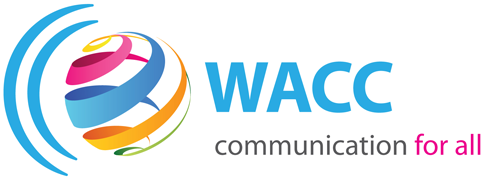Posted at 00:00h
in
Comment
In its 2021 report on the Global State of Democracy, the International Institute for Democracy and Electoral Assistance (IDEA) stated that “the number of countries moving in an authoritarian direction exceeds the number of countries moving in a democratic direction” – for the fifth year...
Information poverty is all about power, “who has the power to shape public agenda, who has the power to determine what issues are paid attention to and what are ignored, whose voices are heard and whose voices are ignored,” WACC program manager Lorenzo Vargas told...
From a story about the rehabilitation of mangroves in Southern Philippines to cultivating better science communication for a deeper engagement and response to the climate crisis, Media Development's last issue of the year offers tangible examples as well as ideas on the theme, Communicating Climate...
Media Development 2021-4
Communicating Climate Change
The basic premise of public interest journalism is that people should be informed in a fair and balanced way about crucial matters that affect their understanding of the world they live in and that could affect their lives. As climate change...
By Philip Lee
Towards the end of 2020, Katharine Viner, editor-in-chief of The Guardian newspaper, made a commitment to its readers and supporters:
“The global climate crisis is the emergency of our times. Amid all the fear and sadness of 2020, it remains the overwhelming long-term threat...
By Bridget Backhaus, Anne Leitch and Kerrie Foxwell-Norton
“Warming Up” is an Australian research project to help adaptation to climate change by supporting community radio stations to amplify local stories of climate change and build capacity to engage in meaningful community conversations.
[caption id="attachment_40023" align="alignleft" width="301"] Photo:...







